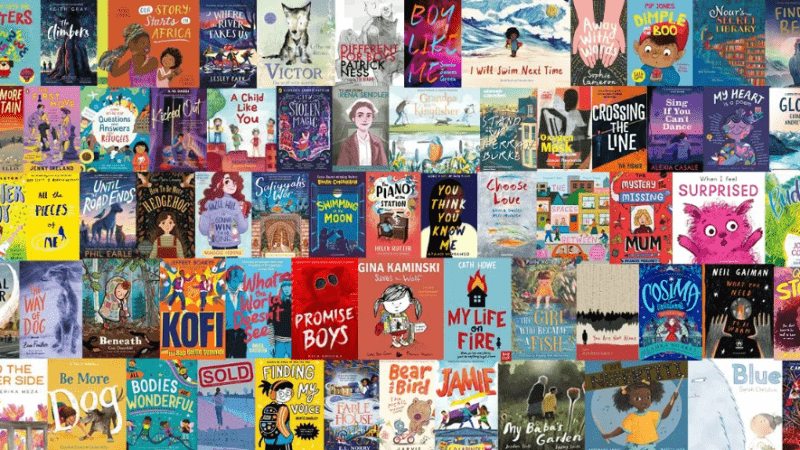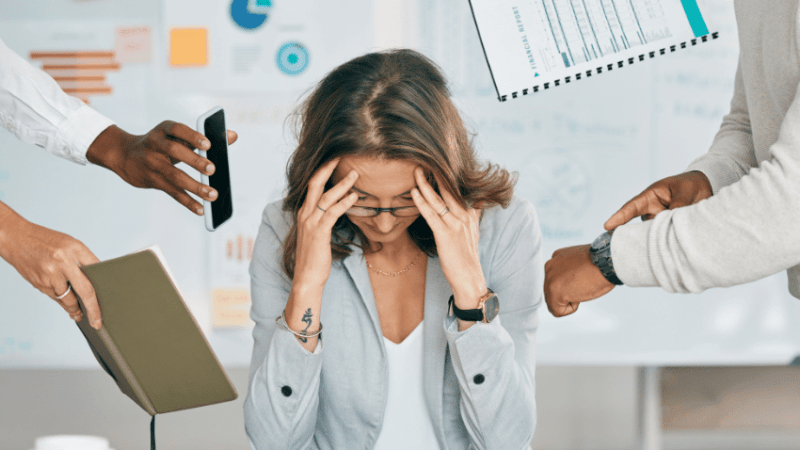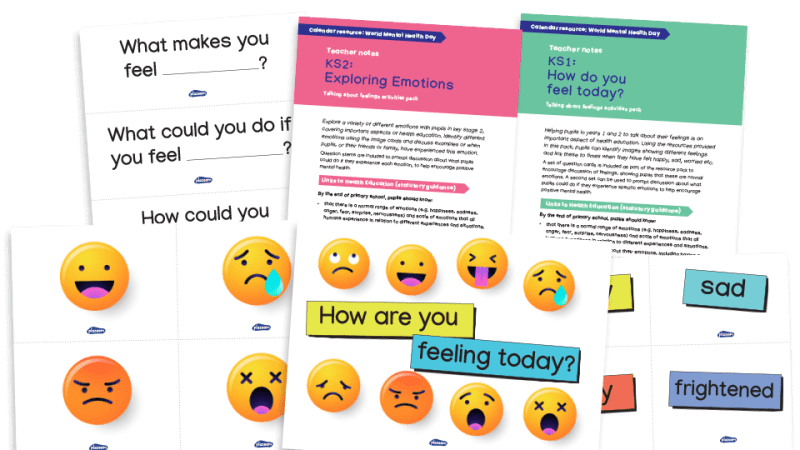Want True LGBT+ Inclusivity in your School? Then you Need to Address our Heteronormative Society
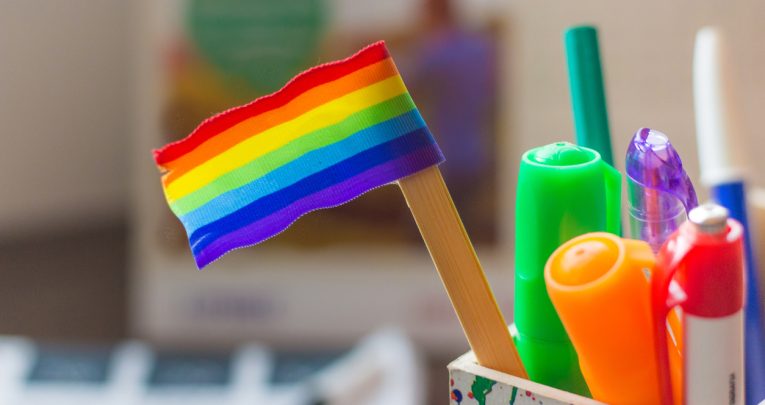
Dr Anna Llewellyn explores the obligation of heterosexuality in schools and the wider world
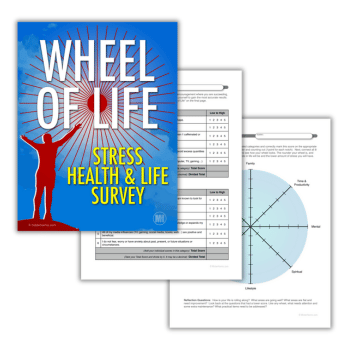
Recently I read that heterosexuality should be ‘learned and celebrated’; that there was a ‘real danger’ it was being ignored in schools. These remarks from Cathy Elliot, a deputy headteacher, are concerning, yet they perfectly crystalise the notion of privilege: how it works to marginalise, and how the majority of people who have it, refuse to acknowledge it.
Here’s the thing – heterosexuality is learned and celebrated in every aspect of society. From the parents smiling at their little girl talking to a boy in her nursery, to the image of heterosexual couples used to promote a holiday destination, to the everyday question of ‘do you have a [insert opposite sex partner reference]’ – there is no escaping ‘compulsory heterosexuality’.
This is a challenging concept for the majority of heterosexual people to comprehend; it is very hard to authentically put yourselves in the position of others.
As a white cisgender person, I do not know what it is like to live as a person of colour, as trans, or as both. I can be an ally, and I can acknowledge my own privilege, but I cannot fully understand the experience. I must instead listen to authentic voices.
This is brilliantly discussed by Reni Eddo-Lodge in her blog and bestselling book Why I’m no Longer Talking to White People about Race. Gregg Popovich, the head coach of basketball team the San Antonio Spurs, articulately clarified the problem; he states “there has to be an uncomfortable element in the discourse for anything to change, whether it’s the LGBT movement or woman’s suffrage, race, it doesn’t matter, people have to be made to feel uncomfortable”.
I have experienced similar discussions with a colleague about disability; how she almost has to ensure an able-bodied (and thus privileged) person is not offended by any accusation of discrimination before they will even consider taking affirmative action.
I once visited a school to support a trainee teacher who the school had complained ‘talked about his sex life’, after he had told students he was gay. ‘These are not the same thing’, I attempted to point out (this is a common narrative – many people focus on the sexual act of being gay, and not the relationship).
‘I wouldn’t let my other staff talk about their personal lives’ said the headteacher – I suspect many of her colleagues may have mentioned their husbands or wives, I silently thought.
‘I am offended,’ said the classroom teacher, ‘I’ve got nothing against gay people’.
In this instance they stopped the discussion, they had more power than me in the room (it was their school). They said they were affronted that I had raised concerns; they were visibly angry and upset.
Nobody wants to be called homophobic, but I wasn’t attempting to label them as such – I was trying to separate the act from the personal.
This is where labels of ‘homophobic’ and ‘racist’ can be limiting; that the majority of people think they could never be either of those words keeps those terms alive; the ‘I’m not racist but…’ discourse stops a productive and important conversation.
Discrimination in its extreme is harrowing and violent – it is the intolerable persecution of gay men in Chechnya; it is the disproportionately high murders of trans people of colour.
But ‘everyday’ discrimination and marginalisation is a constant occurrence – from the marketing of ‘light beige’ foundation as ‘normal’ skin colour, to supermarket shelves being out of reach for many wheelchair users.
When someone tells me ‘it’s nice to see a lesbian looking like a woman’ – it is not a compliment; it is a marker that there is something uncomfortable about who I am – it is also a reminder that some queer (which has been taken on board as a catch-all term for LGBT+ people) identities are more acceptable than others.
In this sense, being queer is by societies standards, a failure. The queer person has failed to follow the normal discursive arc; they have failed to take the path that more easily upholds the reproductive future (of society).
Recently, I had a conversation with a university student, where she told me she had just ‘come out’ to her parents. Now if you were to believe everything you read in the newspapers, everyone’s OK with gay people these days – it doesn’t matter.
‘Why do gay people even feel the need to come out – you don’t see heterosexuals doing this’ is the lament. Well they don’t need to – heterosexuality is assumed.
Trending
For this 20 year old, and for many others, ‘coming out’ is still incredibly worrying; it is part of their lived experience as different.
Her father said he was proud of her for talking to them; her mother dismissed her and asked her not to tell her grandmother.
In that request the mother was reiterating societies standards that her daughter had failed – whether she meant it or not.
So what is the way forward for schools? Most workplaces deal with equality, diversity and inclusion by setting up unconscious bias training.
There are several problems with this style of training – specifically, there is no robust evidence that it works; instead it can reinforce privilege and prejudice, and ignore structural and systematic discrimination and inequality.
For schools however, there are many brilliant educationalists that do active work for LGBT+ inclusion, advocating large-scale events, student groups, and teacher support: Educate and Celebrate; Diversity Role Models; and Stonewall to name a few.
My work tends to be with small groups and individuals and asks teachers to ‘do the little things’; it stresses that inclusion is not about a one-off LGBT+ lesson in PSHE – this does not work and marginalises further. Instead I suggest all aspects of inclusion should be embedded through the everyday practises that a teachers does.
I talk about making an inclusive classroom through the culture and the curriculum. I stress the importance and power of language, and give examples of how this includes and excludes staff, students and their guardians.
For moving forwards, I offer teachers a list of suggestions for an inclusive classroom and ask them to consider which are quick gains and which are actions that are more complex, take longer, or need a whole-school approach.
A whole-school approach is definitely preferential – but there are many adjustments individual teachers can make in their everyday practice.
Overall, I am asking schools to stop being part of a society that regulates sexuality, and reproduces queer as odd, as the marginalised, and as failure.
The rights for and the experiences of LGBT+ people have improved substantially over the past 15 years (there is still much work to do for trans people particularly). However, this does not mean it is equal.
When I asked my group of second year undergraduates ‘when did you first know you were heterosexual’ – the answer is… always. Acknowledging this privilege is one way we can begin to consider what equality means. By its very nature, the minority voice will always struggle to be heard, but we can work together to raise the volume.
Dr Anna Llewellyn (@DrAnnaLlewellyn), School of Education, Durham University.
Discover resources for LGBT History Month.



